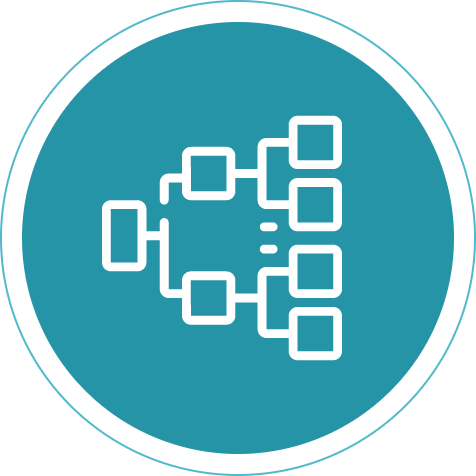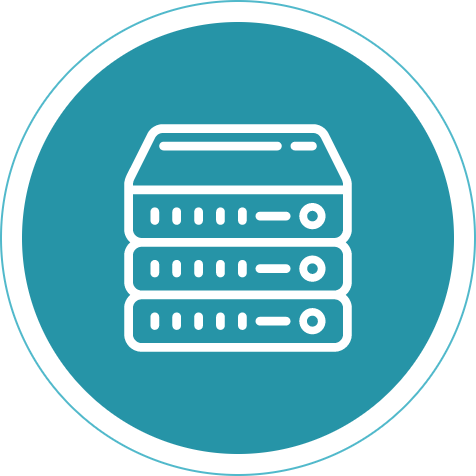5G, the next generation of wireless, will be 100 times faster than 4G networks, connect 100 times as many devices and be five times more responsive.


5G also reduces carbon emissions through a more efficient use of energy per bit of data transmitted. Here are some of the characteristics of 5G that make that possible.

Beamforming allows antennas to focus the wireless signal to where devices are located, reducing energy spent on broadcasting a signal in locations where no devices are currently in use.

Massive Multiple-Input, Multiple-Output (mMIMO) reliably increases the quality, throughput, and capacity of the radio link to use the same amount of energy to transmit more data.

Millimeter Wave Spectrum (mmWave) helps increase the amount of data that can be transmitted within a given signal, decreasing energy consumed per bit of data transmitted.
Smart-Sleep Mode Technology enables radio infrastructure to “sleep” when there is no traffic, thereby reducing energy consumption without sacrificing performance or reliability.

Virtualized Radio Access Networks (vRAN) will dynamically program and centralize computing resources such as operating and cooling servers, allowing greater economies of scale and reducing per-bit energy use.
up next
04